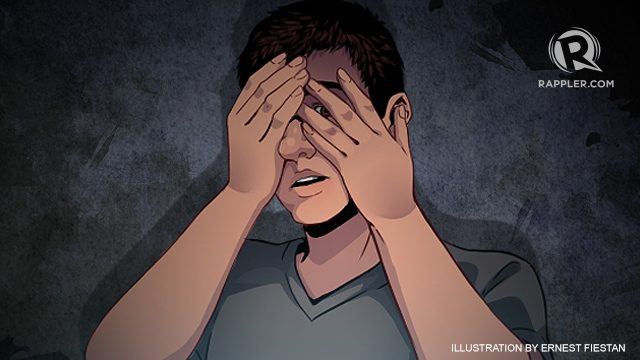SUMMARY
This is AI generated summarization, which may have errors. For context, always refer to the full article.

We humans are the only beings who can reflect and even make fun about our own tendencies to be afraid. We have elevated it to an art and into a flourishing business before we even understood the biology that makes us fear. This is why horror films and Halloween events and objects that scare us, are magnets to the jittery creatures that we are.
In high school, when we read Edgar Allan Poe’s The Cask of Amontillado and A Rose for Emily by William Faulkner, we drove each other nuts for months, seeing every wall as probably hiding corpses, and every indentation on a pillow as a mark of death. I could not read horror books after that. I cannot shake off the feeling even if I know those were mere stories in our literature class.
But fear is good. Yes, it is. It is what nature experimented with and succeeded in making animals, including humans, survive. If we did not fear, we would not be alerted to possible danger, we would not come up with a suitable response and would probably get hurt or even die if we did not feel fear. The ones in human history whose ability to fear was active and keen, were the ones who survived. The ability to fear was such a successful enterprise in terms of our biological make-up that our ancestors passed it on to the next generations.
The brain part that has long been identified by scientists to be the main button for basic emotions, including fear, anger, anxiety or sex drive is the amygdala. It is not just for feeling these emotions but also detecting it in others. It is so swift in reacting that I like calling it the Amygdala Express.

The amygdala is almond-shaped button that connected to other parts of your brain because that is where it gets its cues. For fear, one of the brain parts is the the thalamus for those quick, built-in triggers like coming upon the edge of a cliff or deep waters. This is why those “camps” that involve obstacle courses like swinging from heights, free falls, scaling heights are so weirdly exhilarating – you overcome a very deep fundamental wiring in your brain that basically tells you not to do that and yet, you insist and overcome (hopefully).
The other one is ‘contextual” which comes from the long-term memories folded in the crepe of your hypothalamus. For this, you may have certain memories that elicit fear and anxiety in you. For me, it is the look and feel of hospitals. I feel all knotted up inside a hospital even if I am there for reasons that are not medical or if so, even for routine checks.
These fears are, over time, checked by your “rational” brain which is the cortex or our frontal lobes. The frontal lobes are the ones which figure out if the source of fear is valid and also what action to take if so. If you have seen the film Inside Out, it is the part played by your parents when you are young, because our frontal lobes take time to develop, even way into our early 20’s. This is why generally, the more your frontal lobes get a grip of your amygdala to check the “reasonability of fear”, the more balanced you can be in terms of your fear responses.
From past experiments during brain surgery, the stimulation of the amygdala caused excitation of basic emotions in patients. In a recent study however, researchers looked at the difference in the fear responses of those who have damage in their amygdala and those who have none. They found that those with damage did not detect fear in faces that are ambiguous or “incomplete” while the ones with “normal” amygdalas, read fear in the same faces. This would indicate that the default of the “normal” amygdala is really to fear because being on the safe side has proven to be better for our survival.
For me, the best check to my own fear is to be very conscious that I have this almond-button in my head who is very committed to its job of making me afraid. Then I try to assert who is the boss of my own head. More of often than not, I succeed. In the times that I don’t, I do like everyone else does, scream and hide. – Rappler.com
Add a comment
How does this make you feel?
There are no comments yet. Add your comment to start the conversation.